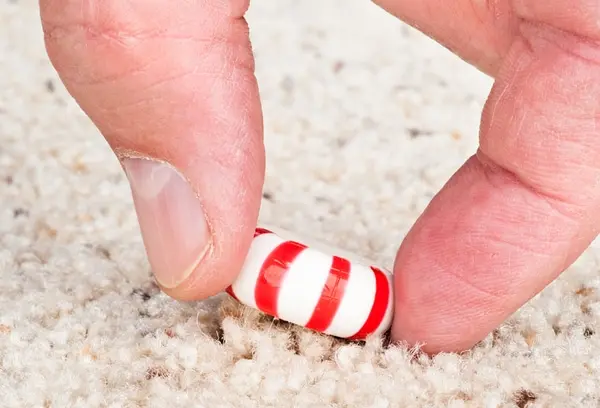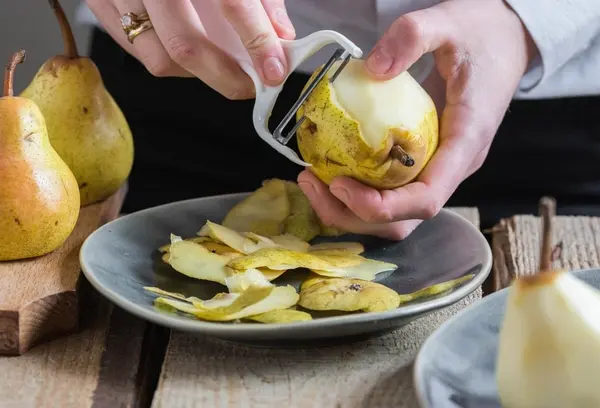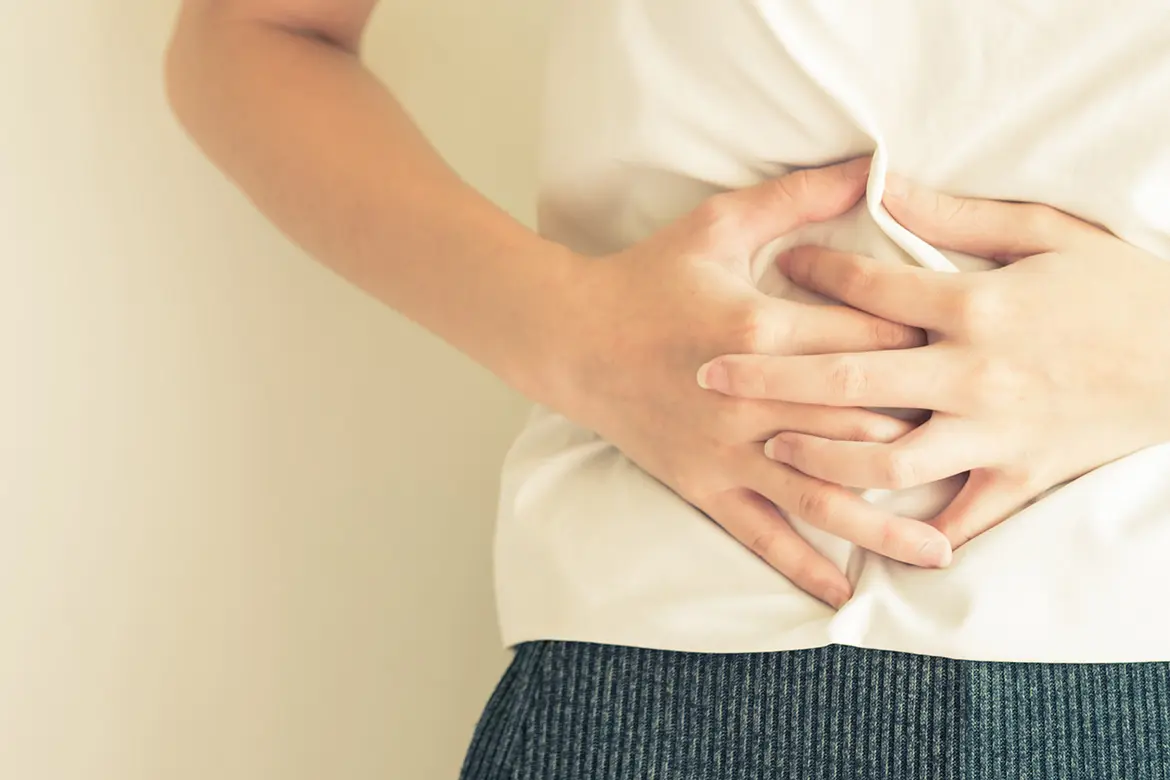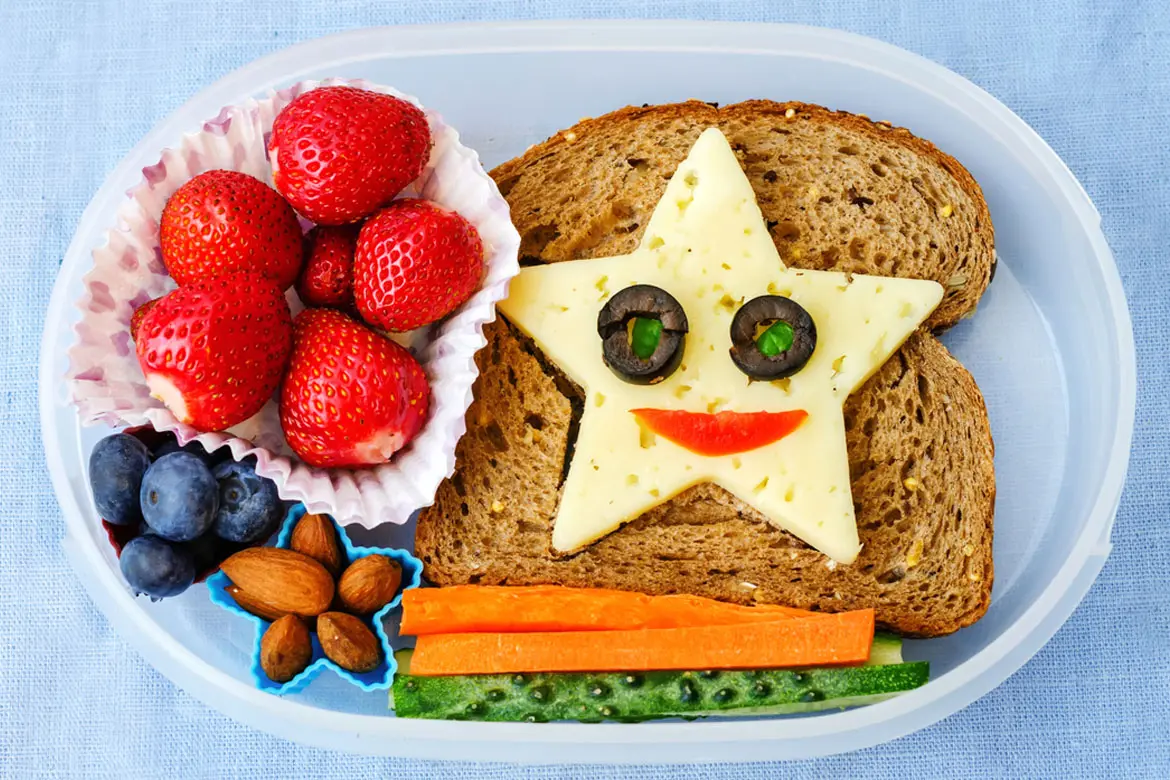Eating chocolate causes pimples. Sleeping with wet hair will give you a cold. X-rays increase your risk of getting cancer.
You've probably heard these before, but do you know if they are myth or fact?
Here, we reveal the truths behind 10 more common health claims, according to experts from Parkway Hospitals. Missed Part 1 of this series? Read 12 Popular Health Myths Debunked.
Health Myth 1: Public toilet seats carry infections and diseases
The truth: We all know that we need to wash our hands after leaving the bathroom. But many of us worry that just sitting on a toilet seat is enough to pick up an infection or disease.
While this is technically possible, the chances are very low.
You're more likely to pick up an infection or disease from somewhere else in the bathroom! Its other surfaces – like the sinks, counters and door handles – can be home to nasty bacteria as well. In fact, the intact skin on your bottom will probably invite fewer germs into your body than your hands, which are more likely to have little cuts and scrapes on them, and which you use to touch your eyes, nose or mouth. Washing your hands thoroughly with soap and water is the best way to avoid transferring these germs into your body.
Health Myth 2: Microwaving your food is bad for you because it kills nutrients
The truth: Microwave ovens heat and cook your food by stimulating its molecules. This energy is converted into heat. While it is true that microwave ovens produce electromagnetic radiation, there are many different types of radiation. Electromagnetic radiation is not associated with harmful types of radiation such as nuclear energy and it does not increase your risk of cancer.
Even so, as a safety precaution, microwave ovens are made with shields and screens to contain the radiation within, where it's needed. If the door is broken or does not close properly, you should consider getting a new one.
Furthermore, there is no scientific evidence to suggest that microwaving food reduces nutrient levels. In fact, all forms of cooking reduce the nutrient content to some extent, with the main factors being temperature, cooking time and method of cooking. As microwave cooking times are generally shorter and use lower temperatures than other forms of cooking, this means lesser nutrients are lost from shorter heat exposure, and the minimal amount of liquid needed for microwaving food prevents too much nutrients from leaking out.
To best retain the nutrients of your food, cover up your microwave-safe container or bowl with a minimal amount of water. You'll be essentially steaming your food from the inside. Just remember not to add too much liquid or overcook the contents, and be cautious of the steam when you open the container.
Health Myth 3: Sleeping with wet hair will cause a cold
The truth: You can't catch a virus just by going to sleep with wet hair. Being cold or damp isn't enough – viruses are contagious, so you actually need to come into contact with one to risk picking it up!
However, you may want to reconsider sleeping with wet hair if you are prone to acne, as a wet pillow is more likely to breed bacteria. Switch out your pillowcases regularly if you're worried about this problem.
Health Myth 4: The '5-second rule'
The truth: Have you ever seen someone drop a piece of food, pick it straight back up, invoke the '5-second rule', and then eat it? Well, the '5 second rule' is a total myth! It doesn't take 5 seconds for bacteria to jump onto dropped food – it happens instantaneously. Also, the chance of your floor having no bacteria is slim.
To avoid getting sick, you're better off erring on the side of caution and throwing any dropped food away, or at the very least, washing it carefully first. It's essential to take necessary precautions to avoid getting food poisoning.
Health Myth 5: Apply ice if you burn yourself
The truth: Research shows that applying ice cubes to minor scalds can actually do more harm than good. This is because extremely cold temperatures can have a frostbite-type effect that damages the surface of the skin.
You should also avoid greasy home remedies like butter or mayonnaise as they can trap heat, which means the skin continues to burn.
On a burned area, it is best to use running cool water, such as holding the burned area under a running tap for several minutes. Take some pain relief medication, and apply an antibiotic ointment and loose gauze to protect the area from germs.
Learn more about treating minor burns here.
Health Myth 6: You should always peel fruits and veggies
The truth: The skin on fruit and vegetables like potatoes, apples, carrots and citrus fruits are packed with beneficial nutrients. An apple with skin, for example, contains up to 332% more vitamin K, 142% more vitamin A, 115% more vitamin C and 20% more calcium than a peeled apple. Meanwhile, a boiled potato with skin has up to 175% more vitamin C than a peeled potato.
Another added advantage is that the skins of fruits and veggies are high in fibre and can help you feel fuller for longer, which helps to deter snacking so you can manage your weight more effectively. There is also growing evidence showing that adequate fibre intake may benefit your digestion, improve blood glucose levels and aid in cholesterol control.
Basically, if you peel the skins, you are actually cutting out all these essential nutrients! So skip the undue hassle and enjoy the benefits instead. Just remember to wash your fruits and vegetables thoroughly if you plan to eat them.
Health Myth 7: Getting an X-ray will give you cancer
The truth: Medical x-ray uses ionising radiation to produce an image of your body. It provides important information to your doctor to diagnose and manage your medical condition.
The amount of radiation you get from an X-ray is very low, and the chance of developing cancer as a result of getting an X-ray is very low too. Radiation-induced cancer is actually caused by high level exposure to industrial nuclear accidents, nuclear weapons or radiotherapy used to treat cancer.
If your doctor has advised you to have an X -ray, you should go ahead with it as the risk is outweighed by the benefit of diagnosing a medical condition.
Health Myth 8: Cracking joints leads to arthritis
The truth: It may drive you mad when your colleague cracks their knuckles, but it's not physically doing them any harm.
When the joint moves or when it is being pulled, areas of low pressure or a vacuum is formed within the joint. The cracking sound is caused by nitrogen gas being pulled into the joint when pressure is put on it. Sometimes, a crack sound can also be heard when a tendon moves over a part of the joint.
Painless cracking of joints is benign and does not cause damage or arthritis. However, if you do experience pain when you crack your joints, speak to a doctor to check for injuries or an underlying condition.
Health Myth 9: Chocolate causes acne
The truth: A surprising amount of research has been devoted to the link between eating chocolate and having acne. Much of the evidence is inconclusive or contradictory, and for now, there is little proof to suggest that the occasional chocolate bar is going to have an impact on your skin.
Most doctors agree it just comes down to the individual. If you're prone to acne, you may want to limit your consumption of chocolate and see if it makes a difference, and reach for dark chocolate instead of milk or white chocolate (as it contains less sugar). But you shouldn't need to swear off chocolate all together. A good-skin diet is simply a healthy balanced diet! Healthy fats from your fatty fish, avocado, and nuts, collagen-making vitamin C as well as other antioxidants from your daily fruits and vegetables are equally important for fabulous skin!
Health Myth 10: Eating garlic keeps mosquitoes away
The truth: There's no evidence to suggest that eating garlic will keep the mozzies at bay. A 2005 study investigated this claim and found that participants got bitten just as much as they did on the days when they didn’t eat any garlic, as on the days they did.
Mosquitoes are drawn to people who exhale a lot of carbon dioxide, and the larger you are, the more carbon dioxide you will exhale. That's why pregnant mothers seem to get bitten more than kids do. Sweat, high body temperatures and perfume can also attract mosquitoes.
So, it's less about what you eat and more about how you protect yourself from mosquito-borne illnesses like dengue fever. This includes physical deterrents such as screens and nettings, as well as aerosol insecticide sprays in dark areas of the home and applying topical repellents. Mosquitoes are also drawn to water sources, so make sure there is no standing water near your home.
There are many misconceptions surrounding certain foods and activities that people claim lead to health problems. As many of them are inaccurate, it's always best to speak with your family doctor if you are unsure, so you can enjoy your life to its fullest without worrying unnecessarily.


















